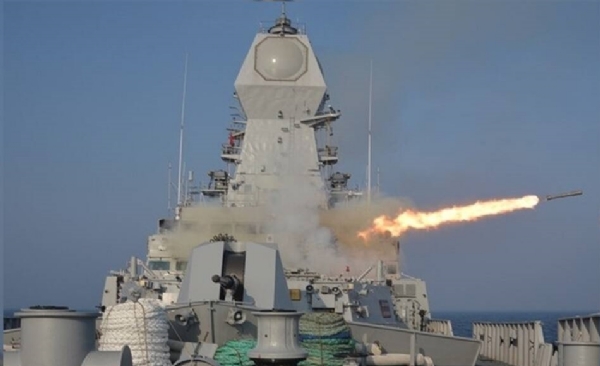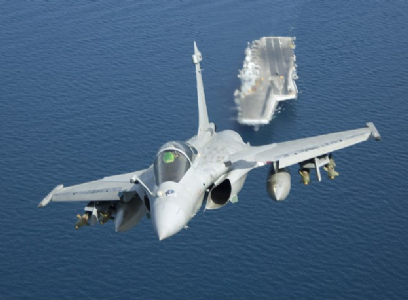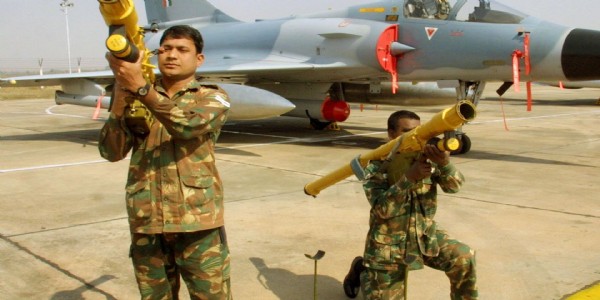INS Chennai: Anti-submarine rockets developed by 2 Pune labs successfully tested
The trajectory of rocket was tracked by onboard radar and telemetry systems. The underwater blast effect of the warhead was confirmed by the onboard sonar system.
Total Views | 226
Pune, Apr 8: The Extended Range Anti Submarine Rocket (ER-ASR) designed by two Pune-based facilities of the Defence Research and Development Organisation (DRDO) was successfully test-fired for the first time from Navy’s INS Chennai earlier on April 3. DRDO officials said the rocket has been designed to replace the existing Russian-origin Rocket Guided Bombs (RGBs).

According to reports, the ER-ASR was designed and developed by Pune-based Armament Research and Development Establishment (ARDE) and High Energy Materials Research Laboratory (HEMRL). It is designed to intercept submarines at specific depths. During the maiden tests conducted from Navy’s guided missile destroyer INS Chennai on April 3, the performance of the rocket system was evaluated at the short range of 2.7 kilometers and in long range mode at 8.5 kilometers.
Report: The Extended Range Anti Submarine Rocket (ER-ASR) designed by two Pune-based facilities of the DRDO was successfully test-fired for the first time from Navy’s INS Chennai earlier on April 3.#AtmaNirbharBharat
— DefenceXP (@Defence_XP) April 7, 2023
Representational Image Only pic.twitter.com/iOGJWd4RRf
The trajectory of rockets was tracked by onboard radar and telemetry systems. The underwater blast effect of the warhead was confirmed by the onboard sonar system. The rocket system will be deployed in anti-submarine operations and will be fired from an indigenized rocket launcher mounted onboard various Indian naval ships. ER-ASR can be fired in single or in salvo mode depending on the tactical mission requirements.
DRDO officials said the maiden successful test from the ship is a step towards enhancing the capability of the Indian Navy in anti-submarine warfare and towards achieving ‘Atmanirbharta’ in defence. DRDO officials said that ER-ASR has been designed to replace the existing Russian origin RGB rockets which are already fitted in ships. While the RGB has a range of five kilometers, the ER-ASR can achieve a range over eight kilometers.
--
Bharati Web







